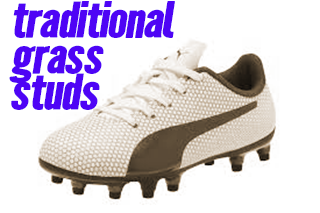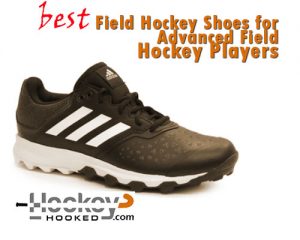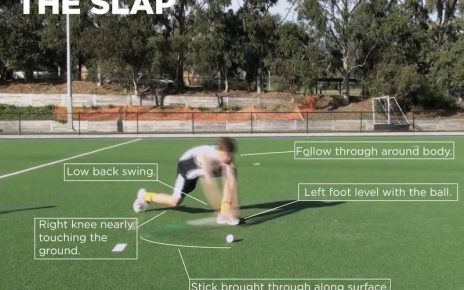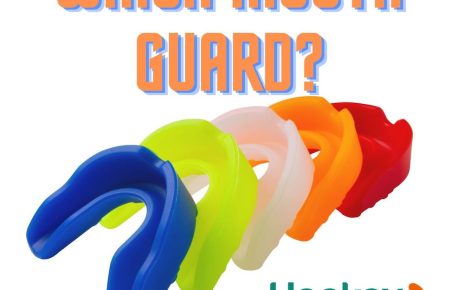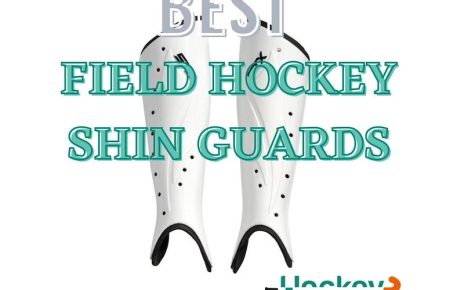When choosing the best field hockey sports shoes, there are some important factors that you should be picky about, including –
- The type of field your games are likely to be played on
- Your budget
- Your Sports Association (Club) rules
So the season is looming, like a perfect barrel of a wave towards a top surfer. You’ve bought your stick, your place in the team is assured, the last piece of hockey attire required is your footwear.
Which sports shoes should I choose? Whether you are a learner field hockey player, on a budget, or playing on simple grass fields? Let’s break it down.
Firstly, which surface are you playing on?
The first thing you need to establish is what type of field will you be playing Hockey on. Grass is a very different surface to turf, and even more so to indoor.
Before the 1970s, hockey matches were played on pitches made of natural grass. Nowadays days, the use of artificial turf is much more common. The materials used in making the synthetic pitch differ, with your pitch being either be sand-filled, or water-based.
Hockey shoe manufacturers have developed shoes for each style, with some shoes suitable for both types of hockey pitches.
On most turf fields, you will want to be picky about wearing cleats because the cleats stick to the surface and make it harder to get good grip. Turf shoes for field hockey help cure this problem.
If you are a beginner and your budget is pretty low, you may want to re-use your shoes for quite a few sports such as soccer, Hockey, and Lacrosse. So many people ask, do I need to buy shoes specific to field hockey?
I’m a beginner, do I have to buy Field Hockey Shoes?
When starting out, no you don’t. There are some affordable soccer or lacrosse shoes with cleats, which will give you great grip and create a foundation for your sporting aspirations. Soccer shoes with studs will give you decent grip on grass surfaces. However if you may be required to play on artificial turf pitches be aware, they may not be allowed if they have large metal/plastic studs.
Bear in mind though, that soccer or lacrosse shoes won’t provide the same level of protection around the foot against hard-hitting balls.
Which Field Hockey Shoes should I be picky about?
When you have grown into the game and feel you want to play it regularly at a higher level, you can upgrade to purpose-designed hockey footwear.
Once you have the budget for professional hockey shoes, you should absolutely be picky with which ones you select.
Protection, Waterproofing, and Grip for Field Hockey Shoes
Field hockey shoes are a different breed from any other sports shoe. They do not hug the ground like normal trainers or sports shoes. Slightly elevated toes and heels protect the foot from hard-hitting surface balls.
The better models of Hockey Shoes have reinforcement on the toe, heels, and sides providing protection from shooting balls and hammering stick hooks. A properly protected foot will give you confidence to attack the ball.
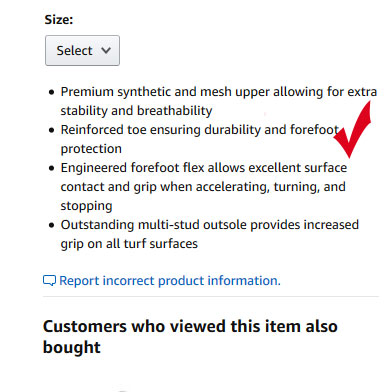
Waterproofing is a primary feature of modern-day hockey shoes. Some turf pitches (water-based) get sodden, and you don’t water to be running in uncomfortable water-heavy footwear with wet socks.
Many of the leading shoes have a built-in inner sockliner, which helps to keep your feet dry and snug.
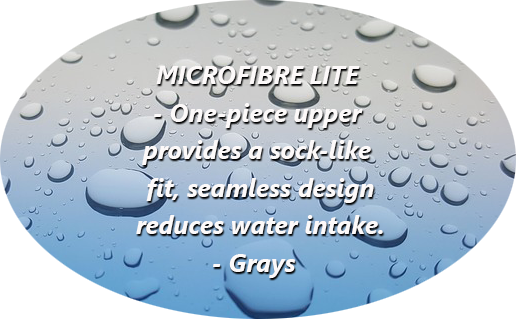
Field hockey is nowadays 90% played on artificial turf. So, should the budget allow, a hockey-designed shoe purposely built for turf is the right choice for excellent grip, good protection, and game-lasting comfort.
You will find good models will have studs protruding outward on the sides to offer more grip, while you hustle and hurry.
By selecting shoes without studs, but with average-sized cleats will give you the flexibility to use them both on grass and turf. While smaller cleats will give you the option of playing on turf as well as indoor hockey.
Manufacturers of sports shoes with smaller plastic studs and without waterproofing will often claim to be fit for sand-based pitches and many small studded, ‘cross trainers’ are good for practising on tarmac or concrete as well as many artificial surfaces.
The Take-away
The general consensus in our household is to be picky when buying and choosing waterproof hockey shoes. Find some with rubber studs which can arguably be used on all surfaces (wet grass fields notwithstanding).
Play safe and wear protection!
By eddie G, your field hockey enthusiast

Eddie G
Eddie G, lives and breathes field hockey. In fact, he would go as far to say that he is a bit of a field hockey nut. He loves to research the latest trends and happenings in the game, so that he can stay ahead of the competition. While not so much on the pitch these days, Eddie enjoys reading up on the latest news and developments in the world of field hockey.

Eddie G
Eddie G, lives and breathes field hockey. In fact, he would go as far to say that he is a bit of a field hockey nut. He loves to research the latest trends and happenings in the game, so that he can stay ahead of the competition. While not so much on the pitch these days, Eddie enjoys reading up on the latest news and developments in the world of field hockey.
The post Should I be picky about choosing Field Hockey Shoes? appeared first on Hockey Hooked.
Source link


